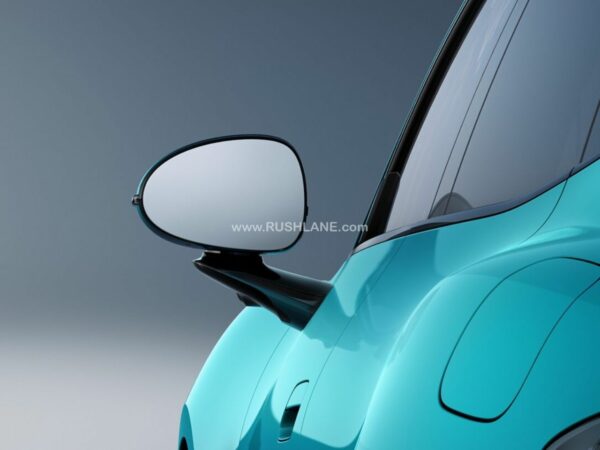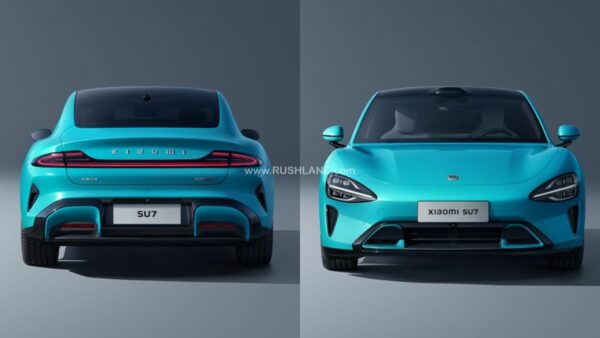
With Xiaomi 5 core EV tech, the consumer electronics juggernaut intends to take on the global electric car market by storm in the coming years
In a calculated move, leading smartphone and consumer electronics manufacturer, Xiaomi, unveiled its maiden electric car to the world. Called SU7, this full-size high performance eco-technology sedan encapsulates Xiaomi’s 5 Core EV tech – E-Motor, Battery, Xiaomi Die-Casting, Xiaomi Pilot Autonomous Driving, and Smart Cabin.
Xiaomi SU7 debuts company’s core EV tech
The Chinese consumer electronics juggernaut, Xiaomi, debuted its maiden electric car recently that features the company’s 5 core EV tech. These self-developed core technologies are a culmination of 13 years of curated R&D efforts comprising of 3,400 engineers from China and abroad. This is a big-buck project on which Xiaomi invested more than CNY 10 billion (USD 1.41 billion or INR 11,700 Crores).
E-Motor
Xiaomi’s self-developed electric motors seem to have raised many eyebrows in the auto industry. There are three electric motors – HyperEngine V6, HyperEngine V6 S and HyperEngine V8 S. There are multiple innovations including usage of ultra high-strength silicon steel, and S-shaped oil circuitry with innovative oil cooling tech boasting best-in-class heat dissipation.
V6 and V6 S electric motors boast industry-leading rotational speed of 21,000 RPM and V8 S motor currently under development boasts an even bonkers 27,200 RPM. Performance metrics reveal V6 motor with 299 PS and 400 Nm, V6 S packs 374 PS and 500 NM. V8 S is a notch above in performance with around 580 PS and 635 Nm.
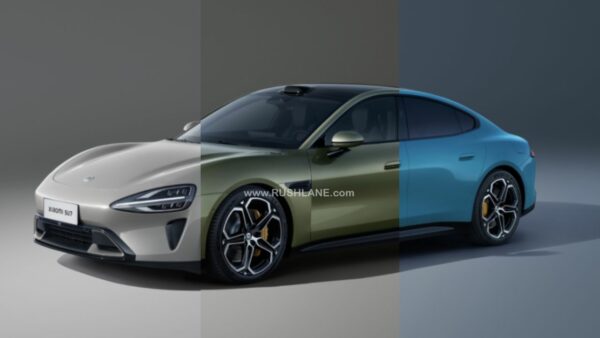
Battery
Integrating CTB integrated battery tech, Xiaomi has achieved 77.8% battery integration efficiency, 24.4% performance improvement and reduced battery height by 17mm over industry standards. With the platform supporting a max of 150 kWh in capacity, theoretical range can touch 1,200 km.
Company claims thorough considerations for utmost occupant safety while designing batteries. Heat dissipation system consists of a combination of 165 aerogel insulation, dual-side water cooling and more. Xiaomi’s self-designed BMS includes ASIL-D and three independent thermal runaway monitors. The company claims 1,050+ safety verifications too.
Xiaomi Die-Casting
Where manufacturing is concerned, Xiaomi is going full regalia by self-developing both large die-casting and materials. For starters, the company has developed Xiaomi Titans Metal, a new heat-treated die-casting material that has high-strength and high resilience characteristics. Company’s Multi-Material Performance Simulation System selects an on-demand alloy formula based on 10.16 million combinations.
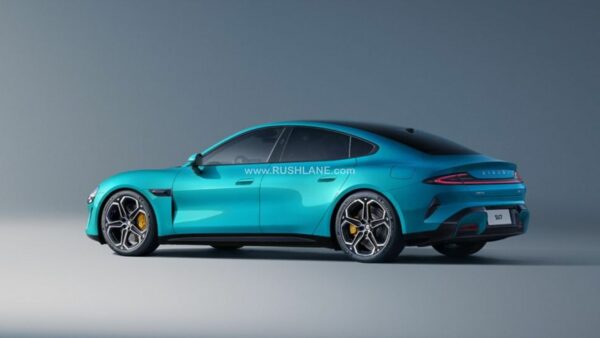
Xiaomi’s new T9100 die-casting cluster covers an area of 840m², boasting a total weight of 1,050t and locking force of up to 9,100t. The company mentioned a new quality judgement system too that can inspect individual components in 2 seconds. The new T9100 cluster enables 72 rear underbody components to integrate into 1, reducing 840 weld joints, reducing weight by 17% and production hours by 45%.
Xiaomi Pilot Autonomous Driving
Nitin Gadkari, Union Minister of Road Transport and Highways, has discouraged autonomous driving in India in favour of utilising human resources. Rightfully so. In global markets, however, the push for AI-based autonomous driving has seen a rise. Xiaomi has implemented three key tech with SU7 – Adaptive BEV Technology, Road-Mapping Foundational Model, and Super-Res Occupancy Network Technology.
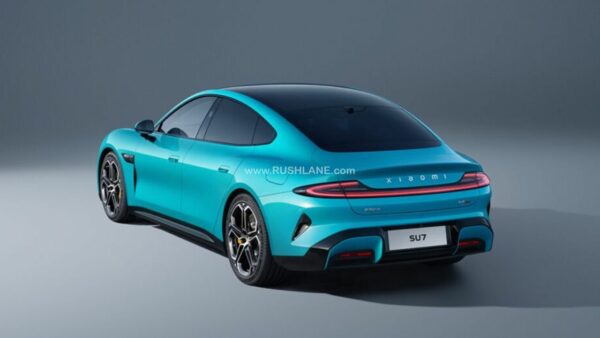
The company has invested in “End-to-End Sensing and Decision-Making AI Model” for automated parking and for autonomous driving, the AI model is trained to have minimum granularity, extended recognition range, recognition of irregular objects with vectorisation tech, and advanced noise reduction features. Hardware for autonomous driving on SU7 includes two NVIDIA Orin chips, one LiDAR, 11 hi-def cameras, 3 milimeter wave radars, 12 ultrasonic radars among others.
Smart Cabin
In-cabin experience has been a driving force in automotive industry in the past years. Adhering to that, Xiaomi SU7 features the company’s Smart Cabin tech including a 16.3-inch 3K resolution central display, a large 56-inch HUD and a 7.1-inch rotating dashboard along with two mounts for back seats to place tablets.
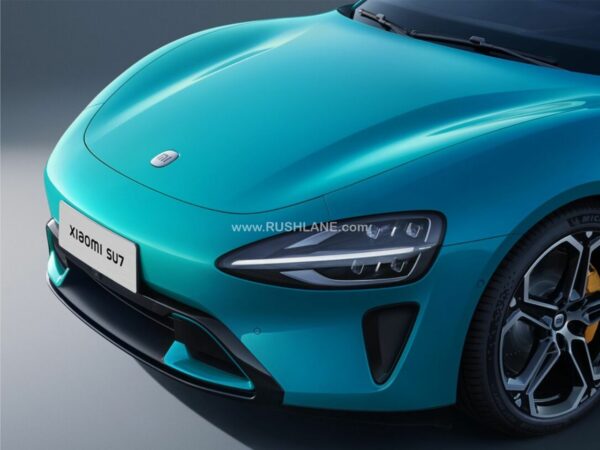
There is a push to reduce learning curve in Xiaomi’s system by rapidly launching vehicle OS and cross-device connection with user’s smartphone with just a single touch. Smartphone app integrations number up to 5,000 and SU7 supports over 1,000 Xiaomi smart home devices, creating a no-nonsense CarloT ecosystem.
SU7’s performance and words from the manufacturer
Positioned as a full-size high performance eco-technology sedan, Xiaomi EV SU7 boasts 0-100 km/h sprint in 2.78 seconds only and is capable of achieving a top speed of 265 km/h. The car also features Xiaomi Smart Chassis Control, promising both sporty handling and comfortable drive.
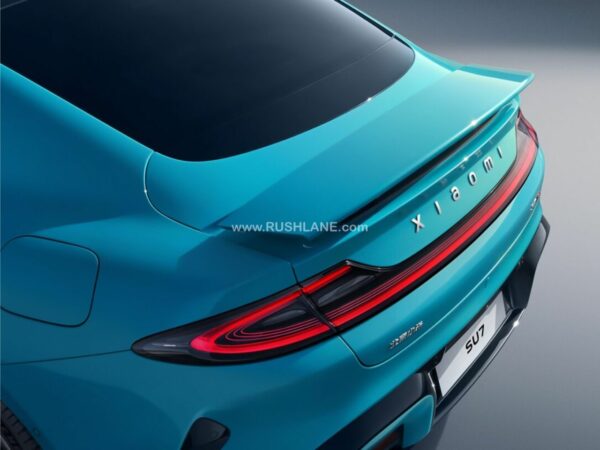
Quoting a sentence of Chinese poetry, “with firm strides we are crossing its summit.” Lei Jun, Founder, Chairman, And CEO Of Xiaomi Group stated that Xiaomi’s entry into the automotive industry marks a significant leap from the smartphone industry and a crucial step toward closing the loop of the Human x Car x Home smart ecosystem.
Lei Jun further expressed that the century-old automotive industry offers little room for maneuvering today: “Xiaomi has decided to invest tenfold, starting from the development of fundamental core technologies, committing to constructing an outstanding vehicle. Through 15 to 20 years of effort, Xiaomi aims to become one of the top five global automakers.”
